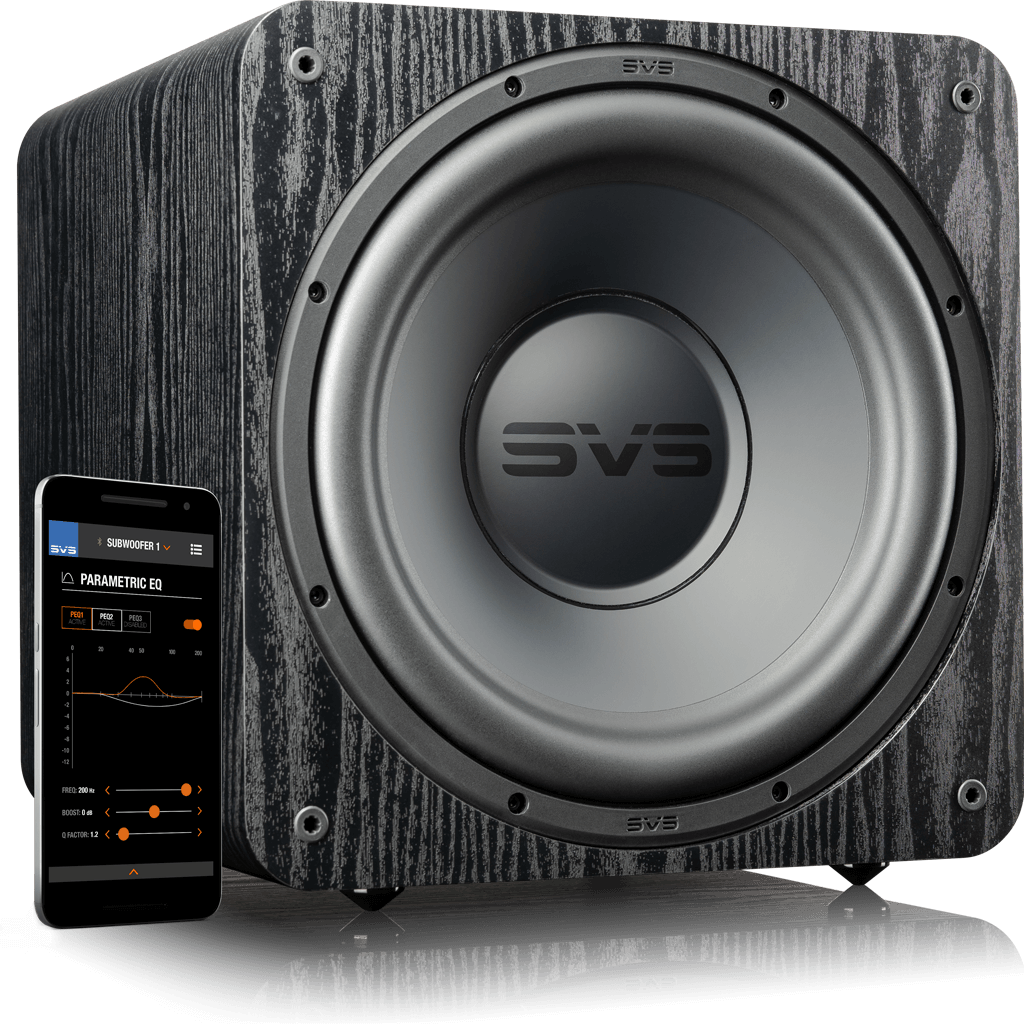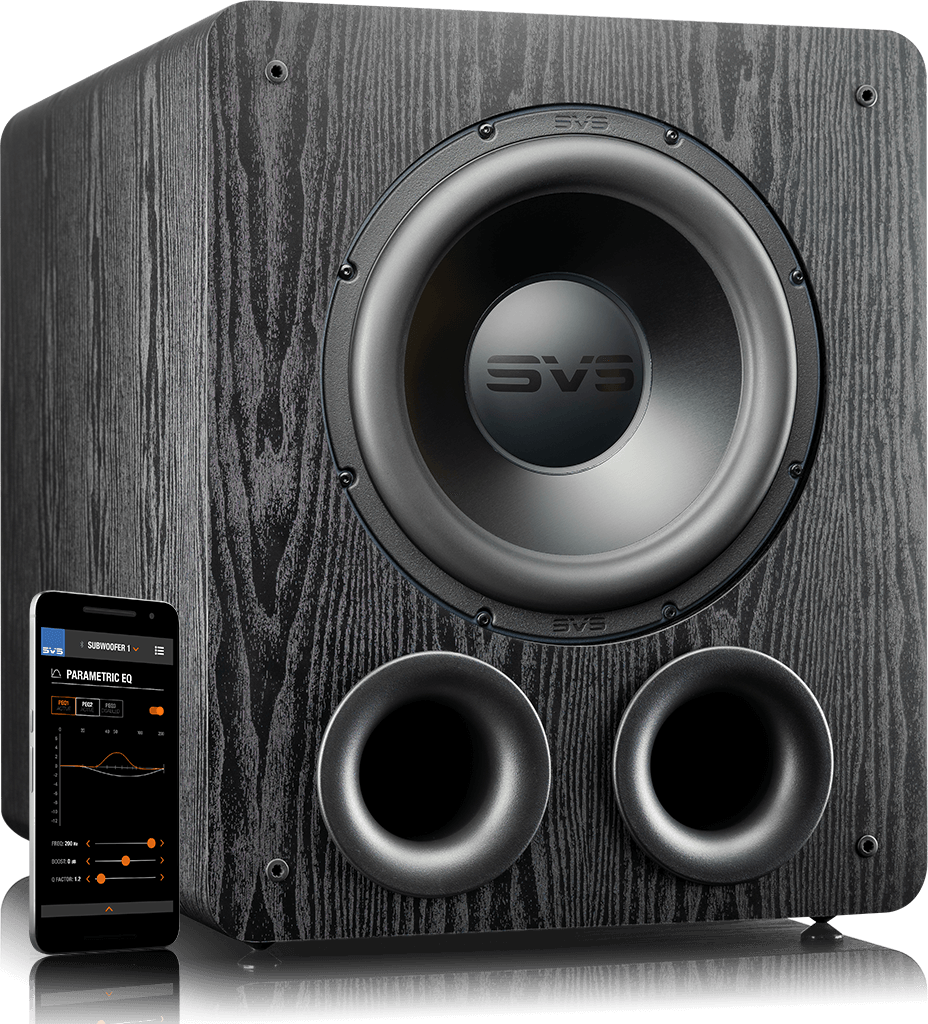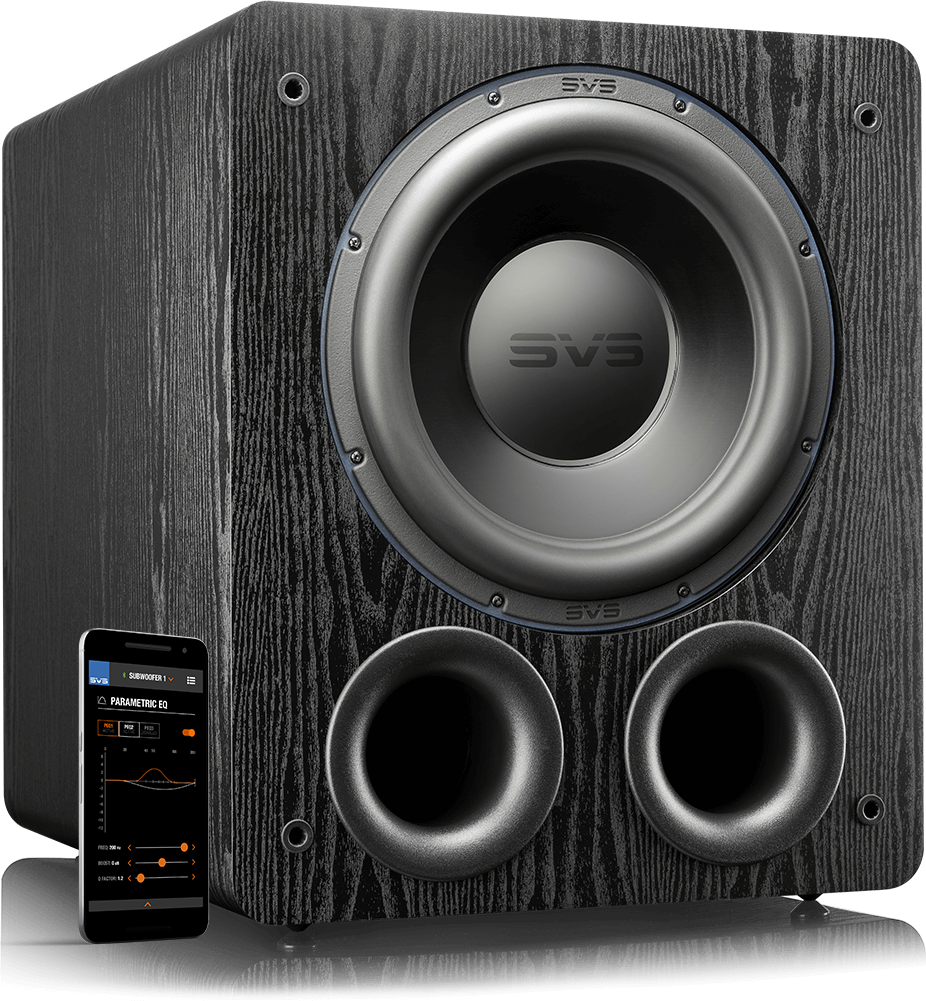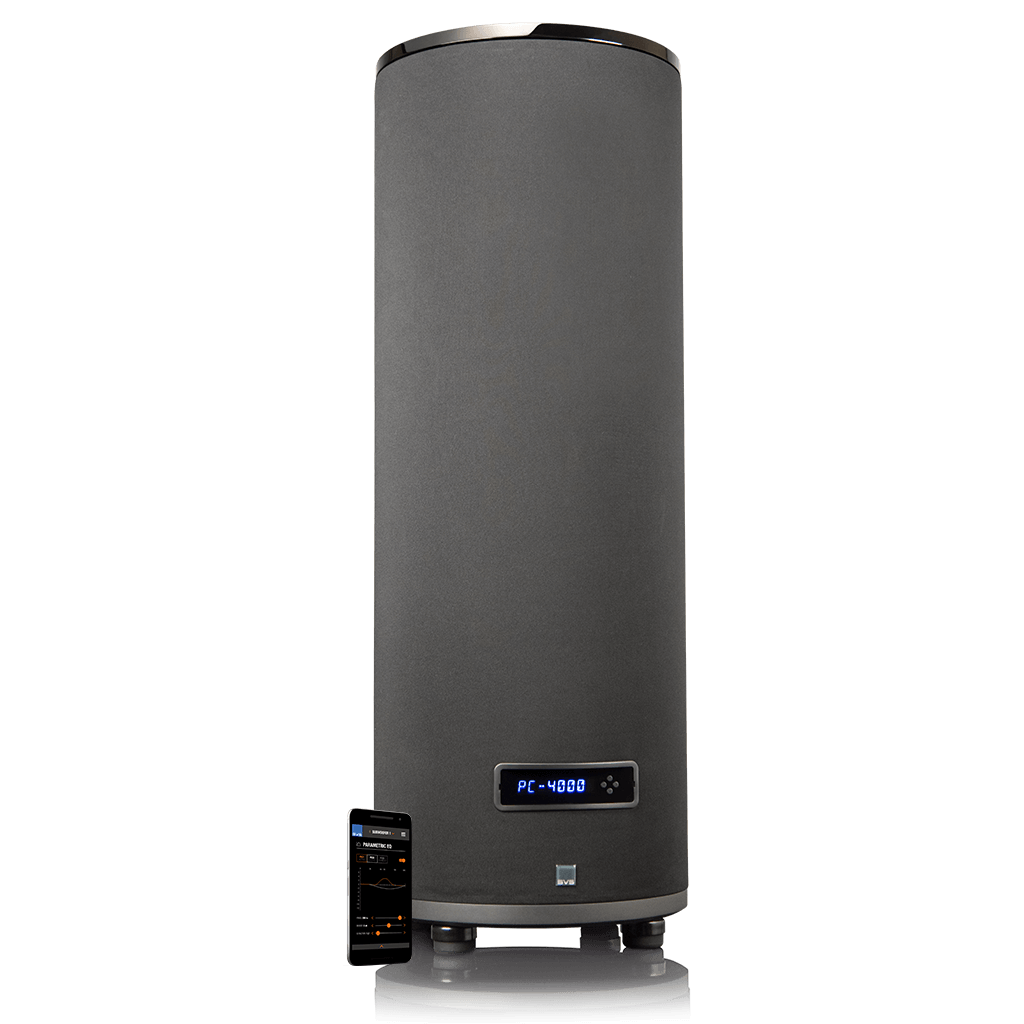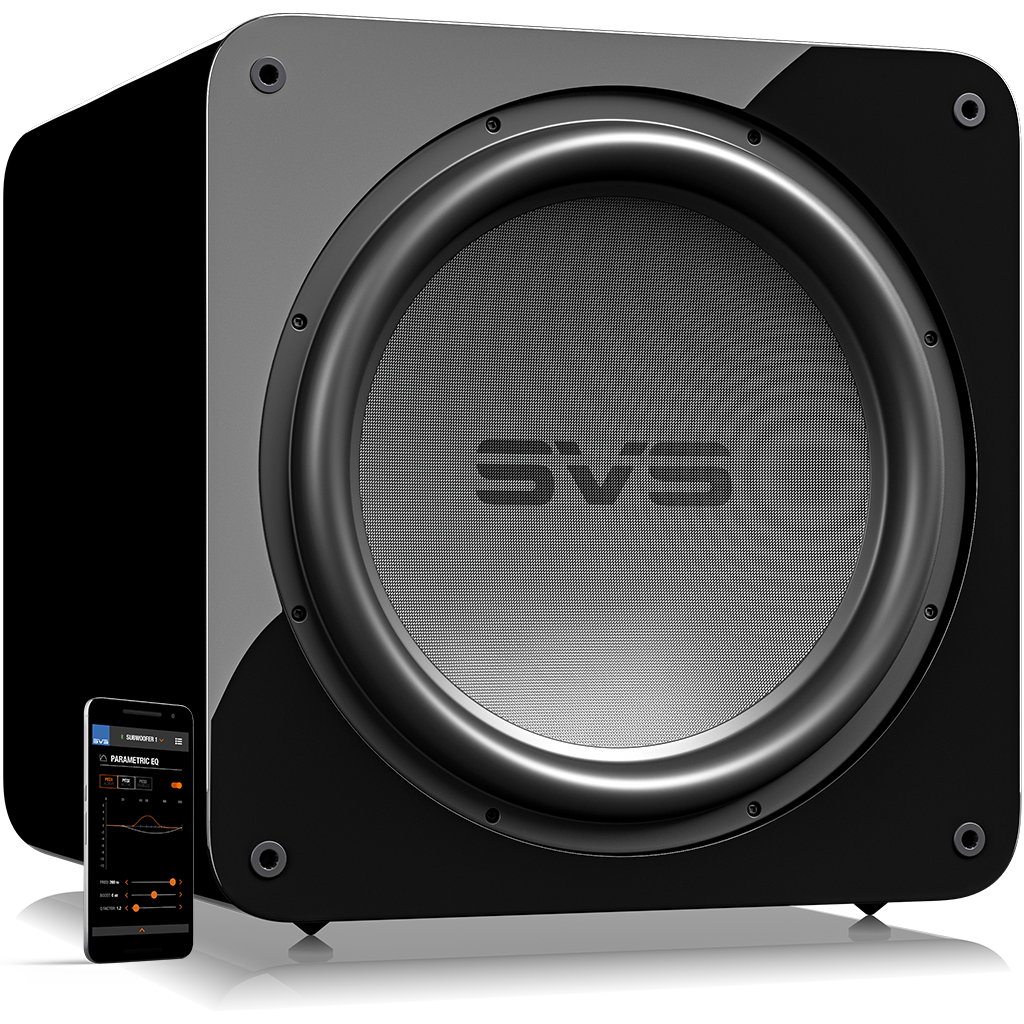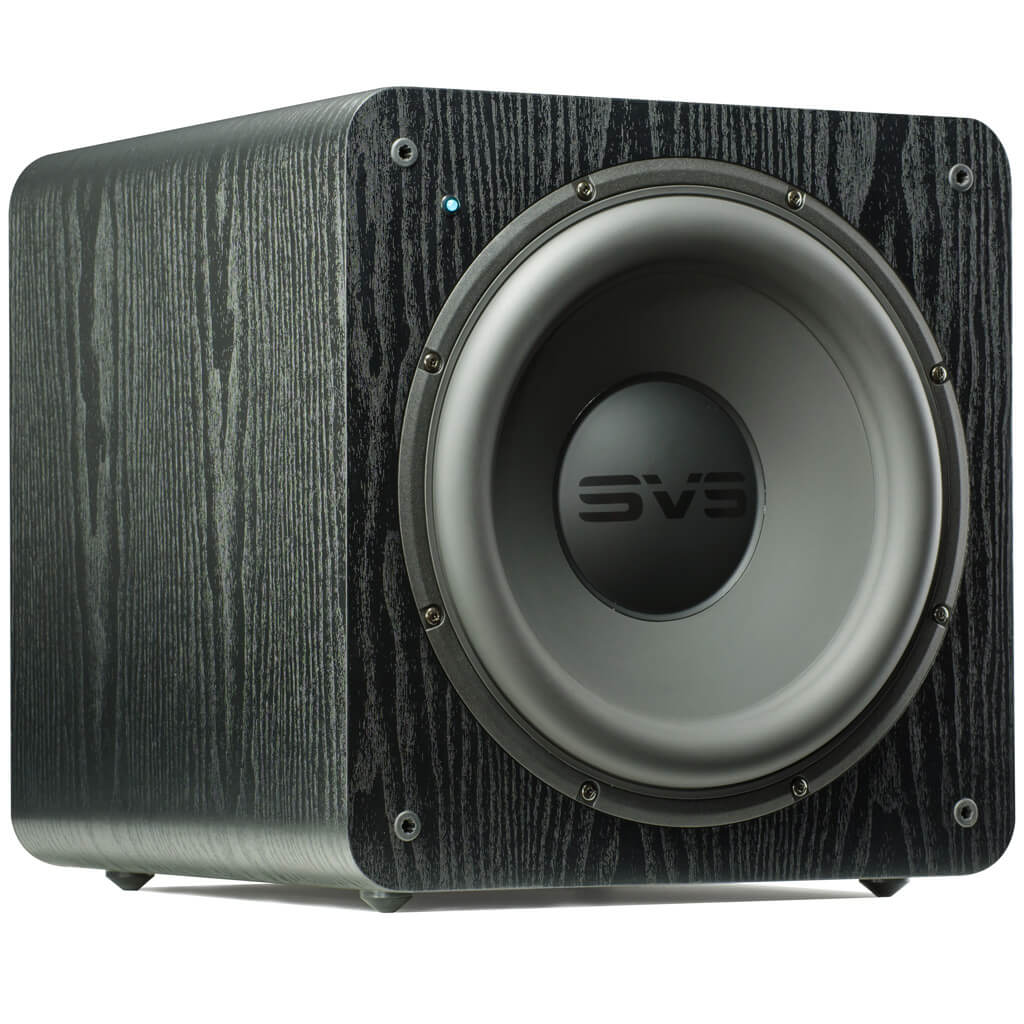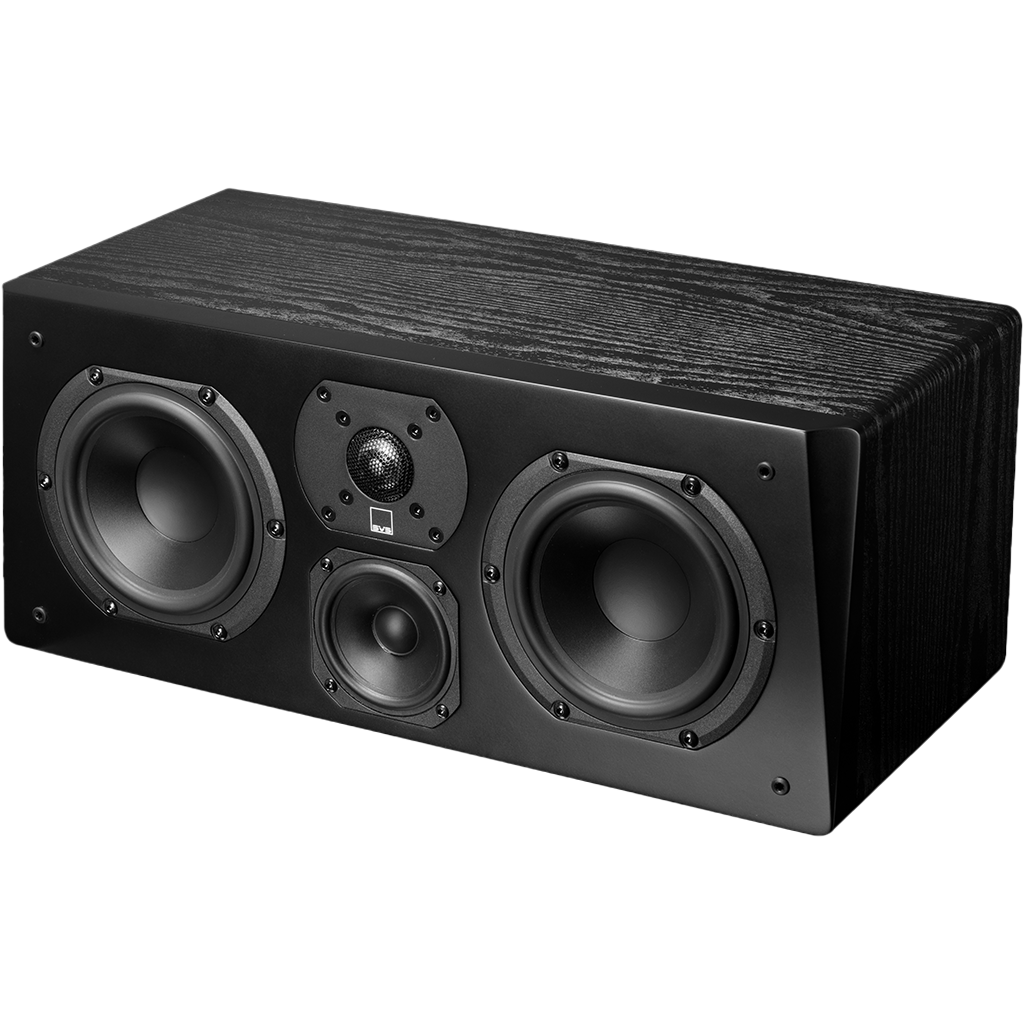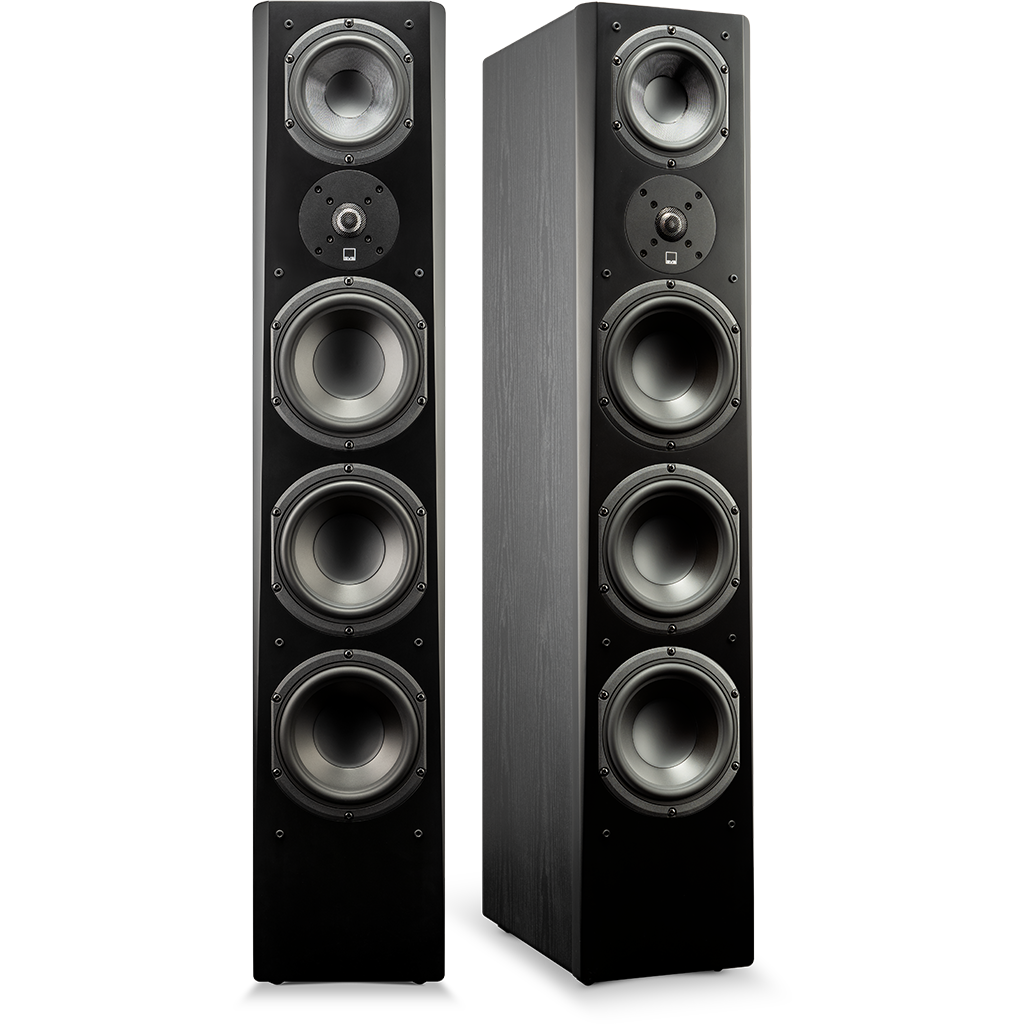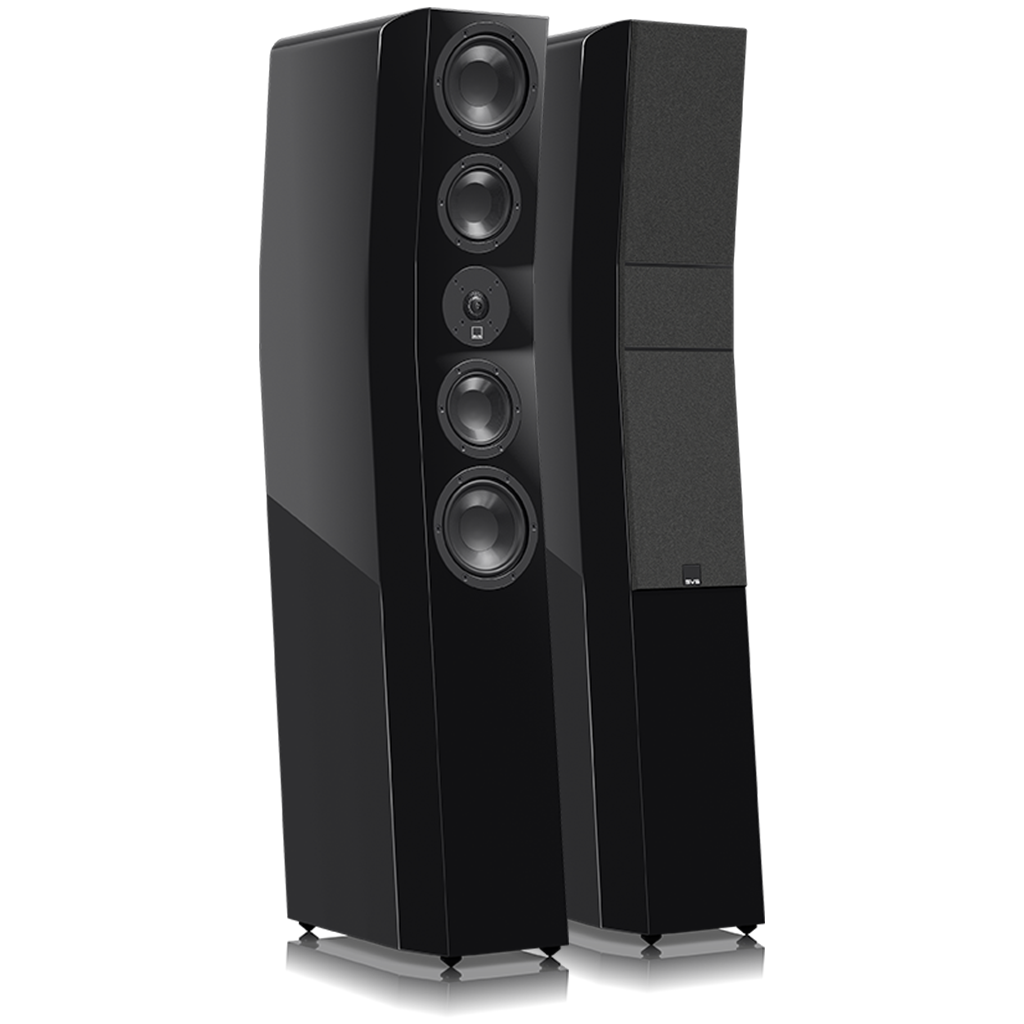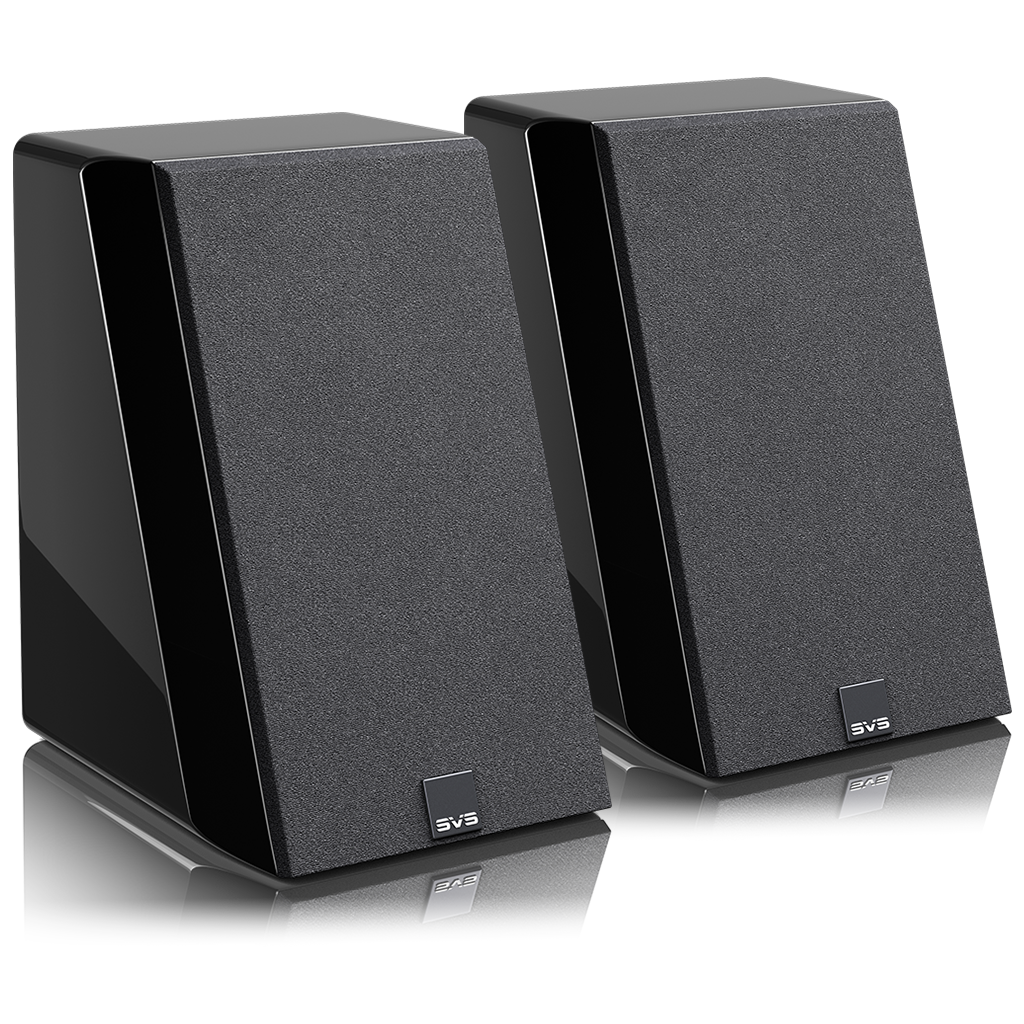Should You Mix Ported and Sealed Subwoofers in a Home Theater?
Adding a subwoofer (or 2 or 3) is one of the most impactful upgrades you can make to a home theater or stereo system. The added low-frequency output is sound you can feel and elevates the soundstage in a way no other audio component can, bringing movies and music to life in a visceral way.
After deciding to add a subwoofer, many people don’t stop at one since having dual subwoofers provides more even bass response throughout the room (more on that here: Why Go Dual). For those running multiple subwoofers, the question often comes up about whether mixing ported and sealed cabinet subwoofers is a good idea. The short answer is, “No”, let’s explore why.
How do Ported and Sealed Subwoofers Sound Different?
Before you purchase a single or dual subwoofers, you should consider the different types of sound that can be produced by each cabinet type. Sealed subwoofers produce a more crisp, musical, and punchy bass sound while ported subwoofers excel with subterranean deep bass extension and sheer chest-thumping output. Ported subwoofer cabinets are also about 2X as large as sealed to make room for the bass reflex port.
A common analogy is that sealed is better for music and ported for movies, though it’s not always that simple. Listening preferences, room layout, and lifestyle factors all play a role, plus SVS has really narrowed the delta between the two styles of sub. We go into more detail about the differences between ported and sealed subwoofers here.
Why You Should Never Mix Ported and Sealed Subwoofers
When thinking about this, one needs to recognize that mixing ported and sealed designs can actually cause the subwoofers to work against each other. This is because they have very different phase responses, especially over the port tuning frequency of the ported subwoofer.
With the two subwoofers having different phase responses, the sound waves will actually cancel each other out over that bandwidth, and you'll get reduced performance at certain frequencies. This is called phase cancellation and can result in less slam, impact, and pressure. No one wants that!
For these reasons, we always recommend running either two sealed subwoofers or two ported subwoofers and not mixing them. Ideally, the exact same brand and model if possible.
A single subwoofer often produces more than enough output to energize most rooms. If you do have the option, we’re huge fans of dual subwoofers to the point that we recommend two smaller subwoofers over a single larger sub whenever possible.
If you have specific questions about mixing SVS subwoofer models or anything else, leave them in the comments or contact the SVS Sound Experts.

SVS Director of Technology Ed Mullen discusses mixing ported and sealed subwoofers.


